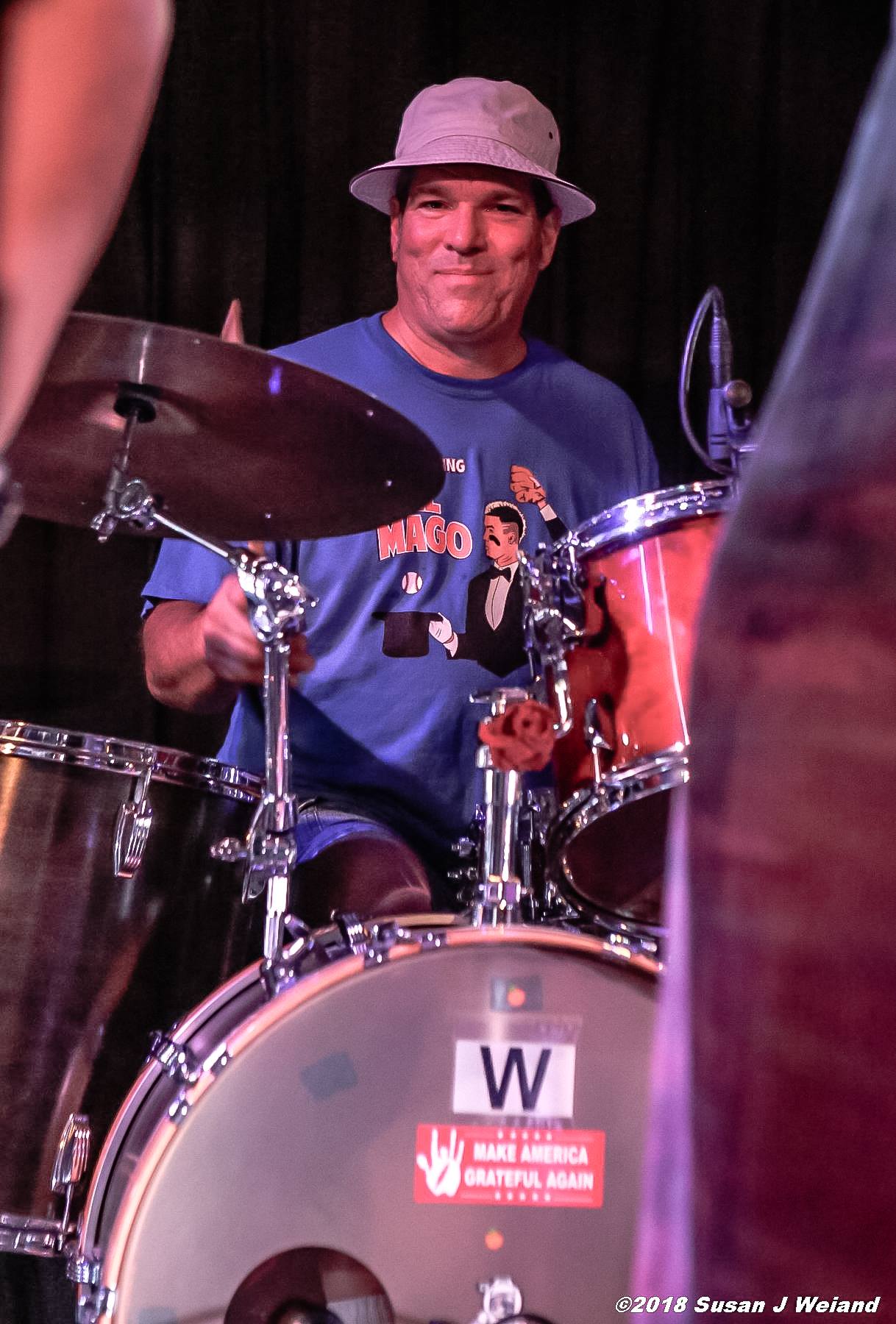We sat down with founding member, Mark Corsolini to find out more about his drums and how he approaches Butch Trucks’ parts in the band.
Duane Allman introduced Trucks to Jai Johanny Johanson (Jaimoe), who would also be a drummer in the band. Together, the two developed a rhythmic drive that would prove crucial to the band. Trucks laid down a powerful conventional beat while the jazz-influenced Johanson added a second layer of percussion and ad libitum cymbal flourishes, seamlessly melded into one syncopated sound.
Said founding member and co-lead guitarist Dickey Betts of Trucks' addition to the original band lineup, "When Butch came along, he had that freight train, meat-and-potatoes kind of thing that set Jaimoe up perfectly. He had the power thing we needed."
Corsolini:
To re-create that ABB drum sound, I incorporated a little bit of today’s technology & mixed it with what was available back then.
Butch switched between Ludwig & Gretsch drums during the late 60’s/early 70’s. Coated white drumheads were the only thing available back then so that’s what heads were on the drums. Through trial and error, both Butch and Jaimoe discovered tuning their drums a little higher up meant they would cut through the mix better.
Sometimes, if a band is not mixed right, the low frequencies from the bass, piano, drums and guitar can sound thick and muddy denying you that rich, clear low end these instruments have. To solve that problem, I use clear heads, not widely available back then like they are today. They’re louder & project farther than coated heads so the drums sound crispy and don’t end up hanging out in the mud. Butch switched snare drums too but in general, a 5 inch Ludwig Supraphonic tuned up “jazz tight” will get you “that” sound.
Both Gretsch & Ludwig were changing the wood used to make drum shells back then so without seeing Butch’s drums in person, it’s hard to know exactly what he played. Ludwig would sometimes mix woods on the same drum set, so you’re bass drum could be made from African mahogany while the toms were made from maple. Gretsch switched between 3 ply and 6 ply shells back then so without actually seeing his drums, it’s hard to tell. Vintage drums from that era are collectible and can cost a pretty penny. Today, drums come in a variety of shell thicknesses and wood species so the possibilities are unlimited. To get “that” sound without breaking the bank, I play a Pearl kit made from birch and African mahogany.
Butch played Zildjian cymbals. Back then, you had 2 choices in cymbals, Zildjian, made in the US, or Paiste, made in Switzerland. Unlike today where the brands and choices seem limitless, there was only 1 type of Zildjians, and 2 types of Paistes available. Most of the English drummers played Paiste cymbals which makes sense when you think about it, Switzerland is a lot closer to the UK than the US. Paistes were imported to the US so they were more expensive.
Another attention to detail in getting that ABB drum sound are the mics used. Drum mics have changed a lot since then but one mic is still around and just as popular; the Shure SM57. The 57’s I use have different transformers so the mics are louder, have a richer high & low end but still sound like a classic 57, just better. I have a Senheiser 421, another mic around back then with legendary status, on the bass drum to bring out all the punch & sweet low end the drum has.
It’s weird, but playing on different stages in different places on certain surfaces will make your drums sound different every time. To help with that problem, I set my drums up on a rug. The rug helps reduce the funky overtones you can get setting up on a wood or metal floor.


